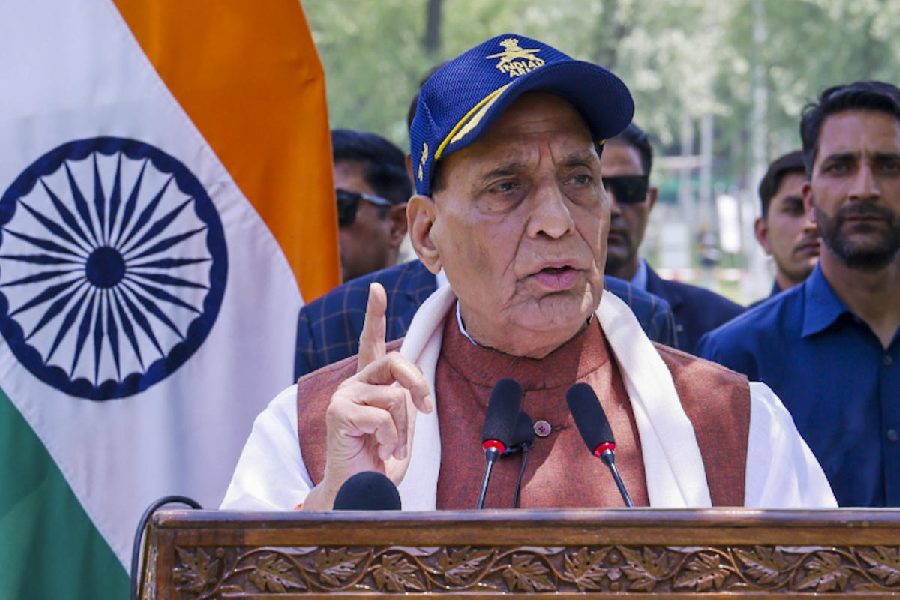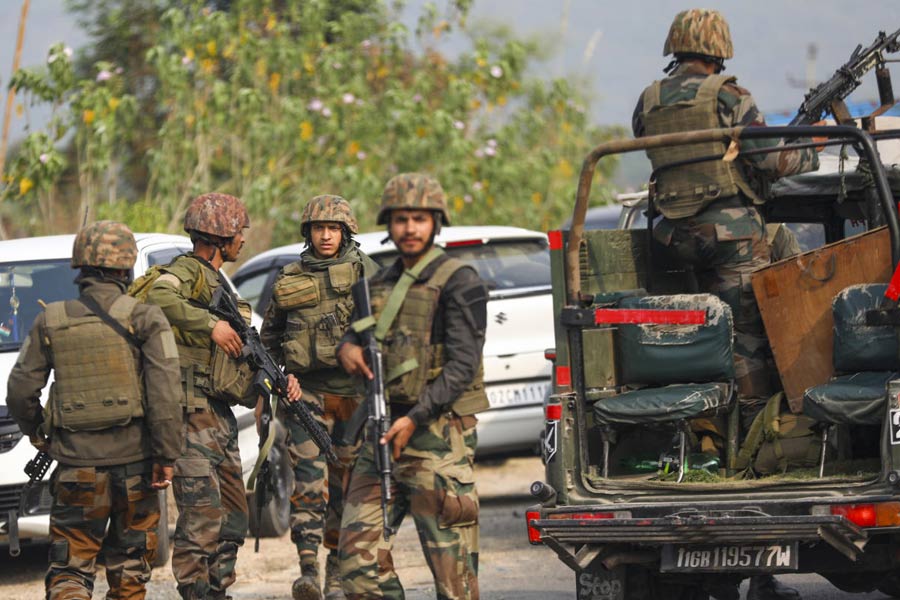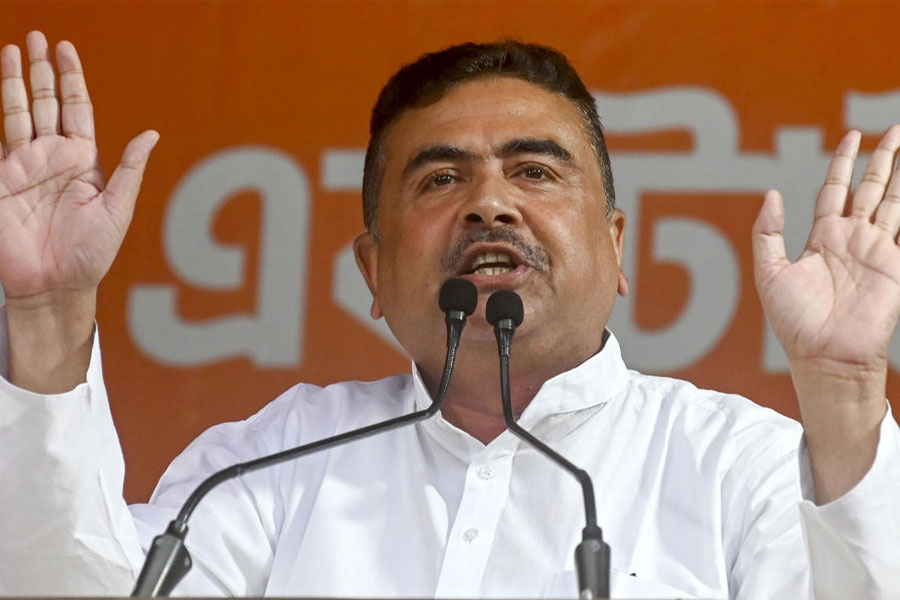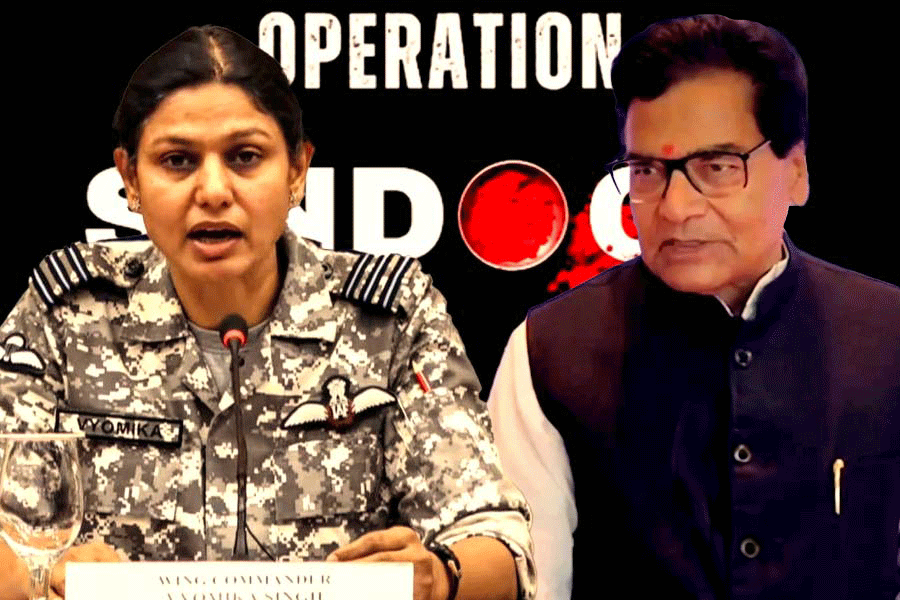|
|
| From elsewhere |
Every day, thousands of commodities are transported from other states of India to West Bengal for local consumption. From automobiles to ball-point pens, from refrigerators to detergents, from washing machines to lifesaving drugs, from television sets to glue-sticks, there is precious little that is being produced within the state these days. Indeed, with a steady decline of the formal industrial sector, West Bengal has come to depend in a large way on the rest of the country for its consumption basket of industrial goods. The dependence is not confined to industrial goods alone though. Eggs for the Bengali babu?s breakfast and even the fish for his lunch and dinner are, in part, imported from distant places. One wonders: how is the state of West Bengal paying for its imports?
The question is a pertinent one because unlike the government, the private individual is not privileged to run a deficit in his budget. He is obliged to pay for every bit of his consumption. How are the residents of West Bengal paying for their ?imported consumption? from other states then? The payment can conceivably be made in either of the two ways. It can be made by exporting goods of equal value to the other states or it can be made simply by hard cash. Of course, it can also be made by combining a bit of both. Interstate trade is usually multilateral. It is common to sell one?s merchandise to one state, get paid in cash, and use the cash to buy goods from another state. And apart from sales of commodities, there may be other channels of cash inflow into the state that may be used to pay for imports.
At the end of the day, however, the total value of imports should exactly be equal to the total value of exports plus the net cash payments. So to get an idea as to how West Bengal is managing its interstate balance of payments, one needs to find out exactly what and how much are being exported by the state and what other sources may possibly be responsible for cash inflows into the state.
Let us start with exports. Evidently, a country or a region is expected to export goods that it produces in relative abundance, or, to use a jargon of trade theory, goods in which it has a comparative advantage. Over the past thirty years or so, West Bengal?s comparative advantage has gradually shifted from industry to agriculture. Extensive land reforms coupled with the introduction of high-yielding variants of cultivation had led to remarkable growth in the agricultural sector, especially that of foodgrains, in the Eighties. On the other hand, industry had exhibited an abysmal decline in the state during the same period of time. The two, taken together, led to an unambiguous emergence of agriculture as the leading sector.
According to official sources, however, the trends of growth have been reversed in the Nineties. The pace of land reforms and technical progress has slowed down, accompanied by a significant fall in the proportion of cultivators in the state. As a result, there has been a deceleration of agricultural growth. Officially it is claimed that this slowing down has been more than compensated by an increased momentum of industrial production.
The increase is supposed to have taken place mainly in the unregistered and informal manufacturing sector located in the rural areas of the state. Even if one accepts the apparently dubious claim of high industrial growth, there is no way of denying that West Bengal?s comparative advantage still lies in agriculture.
West Bengal contributes more than 15 per cent of rice, 17 per cent of vegetables and 33 per cent of potatoes produced in India. What proportions of these commodities are exported to other states? Rice-eating Bengalis account for about 14 per cent of the all-India consumption of rice, leaving little to be exported. Potatoes and other vegetables are certainly exported, but their total earnings are unlikely to match the huge bill incurred on account of industrial imports from other states. Thus it is rather implausible that a significant part of industrial imports of the state is financed by agricultural exports.
The inability of agricultural exports to cover the industrial import bill is evident if we look at the relative consumption of the rural and urban areas of West Bengal. If agricultural exports were significant, one would have expected to observe a high ratio of rural to urban per capita consumption in the state as is indeed observed in agriculturally affluent states like Punjab and Haryana. Clearly, significant agricultural exports would have immediately translated itself into high income for the villagers, which, in turn, would have increased the rural-urban per capita consumption ratio. But while in the agricultural-goods-exporting states like Punjab and Haryana an average village-dweller consumes about 85 per cent of what an average city-dweller consumes; in West Bengal, a villager consumes a little more than half of his urban counterpart. The evidence, therefore, does not indicate significant agricultural exports. Neither does it point to exports of commodities produced in rural industries which have been claimed to be growing significantly since the last decade. If these exports had really been significant, one would have observed a more affluent rural sector, relative to the urban sector, in West Bengal.
If exports of agricultural and industrial commodities are not the main sources of funding industrial imports, it must be the case that the latter is being paid for largely by cash. A possible source of this cash could have been investment in the state of West Bengal by residents of other states, for this would imply flow of funds into the state from the rest of India. But casual empiricism suggests that over the last quarter of a century, investment has not flowed in but actually flowed out of the state. This is supported by data on the credit-deposit ratio of commercial banks published by the Reserve Bank of India. The credit-deposit ratio in West Bengal is not only well below those in more advanced states, it is also lower than the national average. This simply means that there is a net outflow of deposits from West Bengal to other parts of India, probably because there are not enough investment opportunities within the state. Therefore, it is unlikely that West Bengal is paying for its imports by cash obtained from inflows of investment from other states. How is it paying for its imports then?
The puzzle can be solved, at least partially, if one looks at employment figures in Central and quasi-Central government organizations across the different states of India, as published in the National Human Development Report, 2001. Of all the states, West Bengal happens to employ the maximum number of Central government employees. The number of Central government employees in West Bengal is almost two and half times that of Delhi, 2.2 times that of Tamil Nadu, three and half times that of Gujarat, 10 per cent more than that of Maharashtra, two times that of Andhra Pradesh, almost three times that of Karnataka and more than four and half times that of Kerala. The total income of Central government employees in the state is roughly 11.5 per cent of the state domestic product. The number of state government employees in West Bengal, on the other hand, is quite at par with its geographical size.
The colossal size of the Central government sector in West Bengal is probably a colonial legacy. But whatever be the reason, the fact remains that a huge sum of money flows into the state from Central funds as emoluments of the Central and quasi-Central government employees. As this money is spent, it generates demand for goods and services both within and outside the state. It also makes possible, to a significant extent, imports of commodities from other states. The left rulers of West Bengal have a long tradition of blaming the Centre for all the miseries suffered by the state throughout their 27-year rule. While some of these accusations may be well-founded, it must also be conceded that without the Central funds coming in as wages and salaries for Central government employees, it would be impossible to maintain consumption, especially imported consumption, at the level they are being enjoyed by the state at present.












